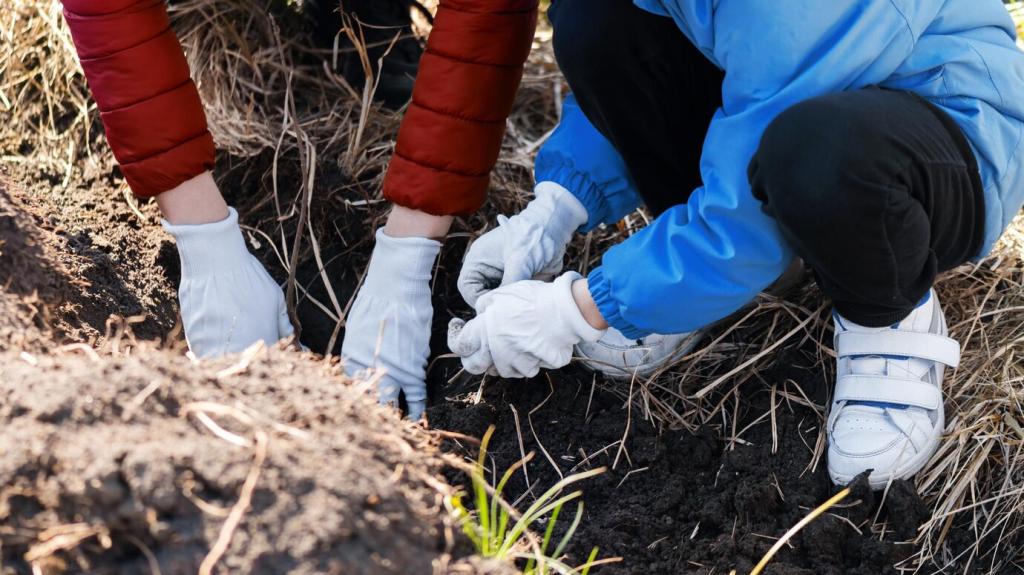DIY Upholstery Tips for Vintage Chairs

Style clues and era hints
Balloon backs, cabriole legs, or clean Danish lines each whisper era and intent. Peek at joinery, veneers, and wood species to date it roughly. Share a photo with us in the comments, and we will help decode the clues together.

Structure check: frame, joints, and wobble
Gently rock the chair side to side to test wracking. Loose dowels or failing hide glue cause squeaks and sway. Tighten with clamps and reversible adhesives before upholstery. Tell us where yours wobbles, and we will suggest targeted fixes that last.

Restore or reupholster: choosing your path
Sometimes preserving patina and stitching is wiser than a full strip. Other times, failed webbing demands a rebuild. Consider sentimental value, usage, and time. Comment with your chair’s backstory, and the community will help choose a thoughtful direction.
Start with a staple remover, tack lifter, magnetic parts tray, mallet, and flush cutters. Add a pneumatic stapler only if your frame can handle it. Share your toolkit photo, and we will suggest budget upgrades that truly make a difference.
Gather Your Kit: Tools and Materials That Matter
High resilience foam on the seat, cotton or wool batting for softness, and burlap or hessian for structure. Many vintage chairs hide horsehair or coconut fiber. Tell us what you uncover, and we will guide replacements that keep the original silhouette intact.
Gather Your Kit: Tools and Materials That Matter
Strip With Care: Removing Old Upholstery Safely
As you pull each layer, bag tacks and staples, then label seat, back, and arms. Photograph every step and note stitch types. Your future self will thank you when cutting new pieces. Share your layer map to get feedback before any cuts.
Strip With Care: Removing Old Upholstery Safely
Wear a respirator and gloves, especially around brittle burlap and crumbly foam. Watch for hidden tacks and sharp edges. If the frame has old finishes, avoid sanding without testing for contaminants. Ask safety questions anytime, and we will respond promptly.
Use jute webbing in an over-under lattice, tensioned with a stretcher. Anchor with staggered staples or tacks to avoid splitting rails. Share measurements and we will help map spacing for balanced support that does not sag after everyday use.
Rebuild the Seat: Webbing, Springs, and Support

Cut, Sew, and Fit: Fabric Mastery
Center motifs on the seat and align stripes vertically. Consider railroaded fabrics to minimize seams. Dry-fit with pins before cutting. Post your layout sketch for feedback, and we will help avoid mismatches that distract from your vintage chair’s charm.
Cut, Sew, and Fit: Fabric Mastery
Single welting defines curves, while double welting elegantly hides exposed staples on open frames. Cut bias strips for smoother turns. Share a corner close-up, and the community will offer tips to tame puckers and achieve gallery-worthy lines.



